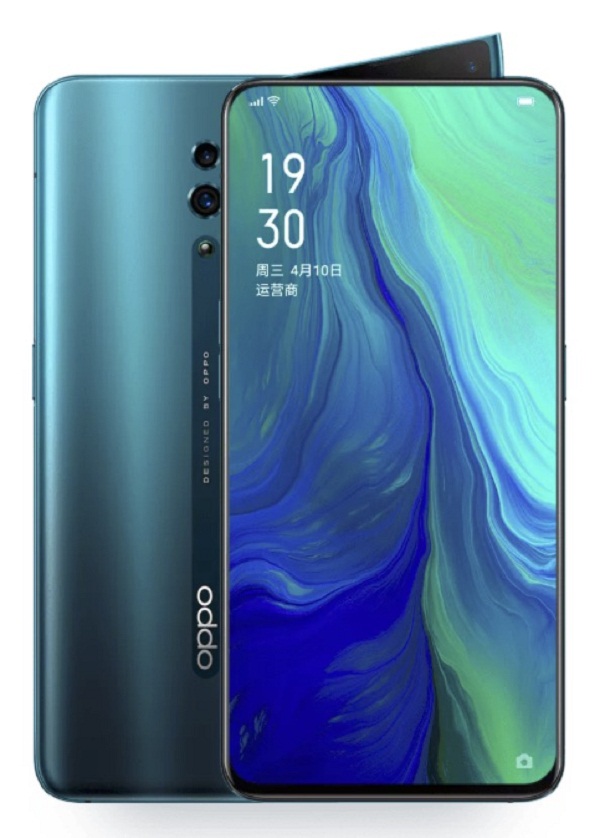Big, bright, and beautiful are three words that best describe the OPPO Reno and Reno 10x Zoom’s display. Outside of the cameras the display is the main talking point to describe about this new flagship Reno series from OPPO.
The 6.4-inch AMOLED Display in OPPO Reno and 6.6-inch AMOLED display in OPPO Reno 10x Zoom have a resolution of 2340×1080 offering 19.5:9 display, and uses Gorilla Glass 6 on the front, for a 93.1% screen to body ratio, one of the highest in the industry. It also offers 60000:1 contrast ratio. OPPO is yet to rate the screen for brightness but revealed that it is calibrated to DCI-P3. So, one thing can be said that it can get very bright. The colors from the AMOLED screen gets plenty bright. So, views will not have any issues viewing it in direct sunlight. Text is crisp and sharp and the large size is especially great for videos.
The default settings are made to be soothing for users’ eyes, but there are a couple of tweaks that users can make to change the screen’s appearance. There’s a fairly basic slider to change the display’s color temperature from cool to warm. Users can also change the screen’s color mode. It’s set to Vivid by default, but there’s a Gentle option that makes colors look flatter and less contrast.
Usually a large bright display plays havoc on the battery life but OPPO lists the battery capacity at 3765 mAh in OPPO Reno and 4065 mAh in OPPO Reno 10x Zoom, which is easily respectable for a flagship smartphone, and supports OPPO’s VOOC 3.0 fast charging technology.
If there’s a desire to be the ultimate pedant, then yes, some of the bezels are noticeable at the top corners and the bottom chin. As with a lot of similar devices that go down this route, in order to get a speaker grille at the top of the device there is a slight raising up of the screen from the main body. It’s usually imperceptible to notice.
OPPO is using the latest-generation of Gorilla Glass 6 on the front and back of the Reno to keep that impressive edge-to-edge screen protected from drops and dings. If you’re wondering where the fingerprint scanner is hiding, you’ll find it embedded beneath the screen itself. The device uses Goodix’s in-screen fingerprint sensor, which is currently present in only 40 different smartphones in the market. This optical sensor is likely going to be Goodix’s second or third generation unit, with OPPO claiming a 20-30% more accurate unlocking procedure that also runs almost 30% faster.

